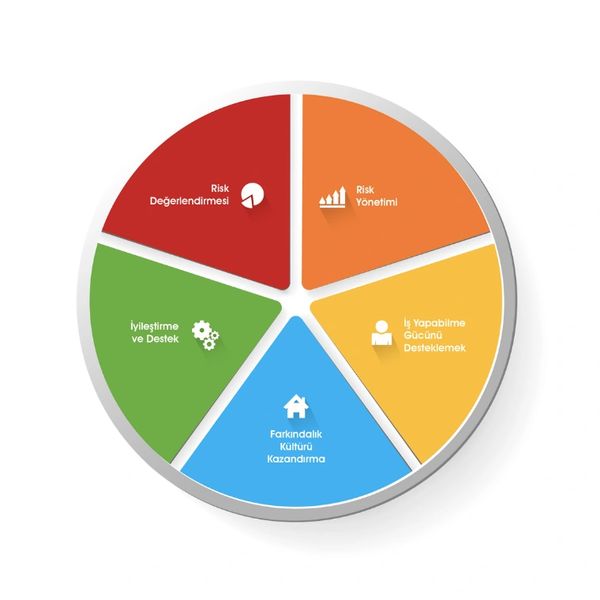Workplaces with a Psychological Health and Safety Culture:
What is Psychosocial Risk Management System?

Working life contains many organizational, social and environmental challenges. To solve these challenges, it is necessary to implement psychosocial risk management systems. Psychosocial risk management systems guide organizations to promote psychological health, safety and well-being in the workplace.

Psychosocial Risk Management is the systematic advancement of planning, activities, controls and measures to ensure psychological health and safety in workplaces.
Holistic Approach

Holistic Perspective is the coexistence of different fields of science and practice. In a psychosocial risk management system, all relevant experts in the organization have active support to the process.

The psychosocial risk management system can achieve ideal goals by supporting the participation of all managers, experts and employees. In addition, Human Resources, Occupational Health and Safety Professionals, Specialist Psychologists in the field of Work and Organization and corporate managers have important roles and responsibilities during the integration of the system into the institution. Psychosocial risk management systems are customized for each institution based on the support and comments of these experts and managers, and targets suitable for the institution are determined.
Let's Get to Know the IYRS© Model

In a psychosocial risk management system, it is important to include risk assessment, planning for risk management, and implementation recommendations to be included in the planning. The application proposals to be created include trainings, consultancy services, and supervision processes. In addition, quantitative and qualitative measurement tools are used to evaluate the effectiveness of the practices and to be need-oriented during planning.

The plans created and the operations carried out after the measurement and evaluation are shaped to increase employee and corporate awareness, and at the end of each stage, the progress towards reaching the targets is reviewed. If necessary, different improvement and support activities are included in the system and action plans.

The Innovative Support Model for Mental Health in Work Life basically consists of five main titles:
- Risk assessment
- Risk Management Planning
- Activities to Support the Employee's Power of Doing Business
- Practices To Create Awareness Culture
- Improvement, Control and Other Support Activities















